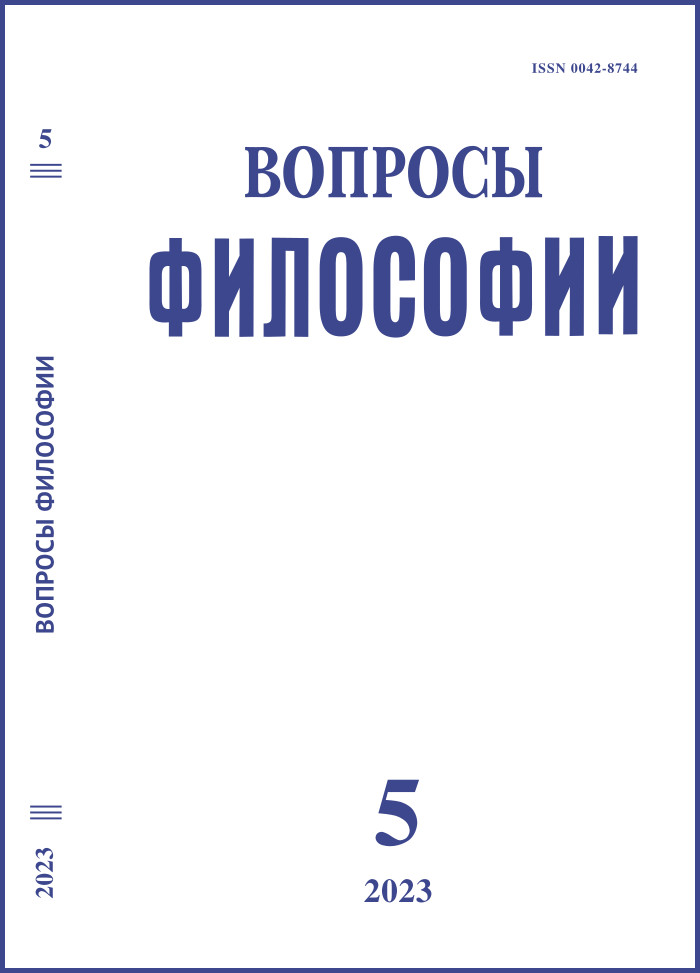Morphology of History and Culture: V.N. Ilyin, O. Spengler and A.J. Toynbee
DOI:
https://doi.org/10.21146/0042-8744-2023-5-97-107Keywords:
morphology, history, culture, civilization, religion, form, idea.Abstract
The article devoted to the study of V.N. Ilyin’s morphology, its comparison with the ideas of O. Spengler and A.J. Toynbee. The author of the article analyzes the difference in approaches to morphology. In the work Static and Dynamics of Pure Form V.N. Ilyin created general theory of morphology, then developed and specified some theoretical ideas. In the article Oswald Spengler – the founder of the morphological scheme as applied to historical objects and Arnold Toynbee – the opponent of this scheme he criticized O. Spengler and his work Decline of the West. V.N. Ilyin considered that Spengler was too schematic and primitive in understanding historical process. He contrasted O. Spengler with A.J. Toynbee, who was consistent opponent of biological morphology. Nevertheless, V.N. Ilyin completely diverged from A.J. Toynbee in understanding and evaluating Russia and Russian culture. A.J. Toynbee adhered to Eurocentrist point of view on Russia, considered it “satellite” of other civilizations. He did not recognize the existence of independent civilization in Russia, considered that the main question is what foreign influence on Russia will be stronger. According to V.N. Ilyin, Russia is a self-sufficient, independent “Eurasian” civilization based on Orthodox Christianity, which has survived several “rebirth” (morphological transformations). In the works Russian Music and Russian Philosophy V.N. Ilyin applied morphology to the study of Russian culture and substantiated the conclusion that each culture has an identity and holistic, interconnected morphological system.

